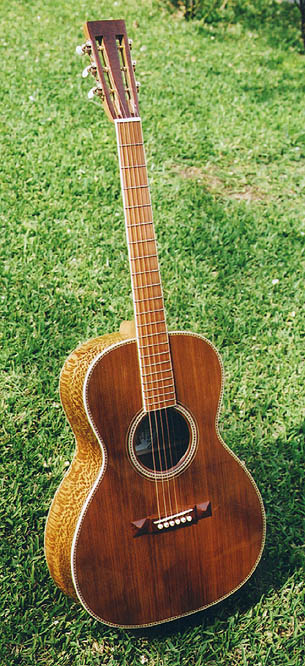Actually, from what the EU dictionnary says, we French use the 2 terms Jacaranda and Palissandre...Originally Posted by (Paul Hostetter @ Mar. 03 2006, 18:10)
Paul, I could use good real-life examples like your trip to Madagascar in my ethnobotany classes. Would you mind telling me more? (PM if necessary...)
Cheers
Germain







 Reply With Quote
Reply With Quote








Bookmarks